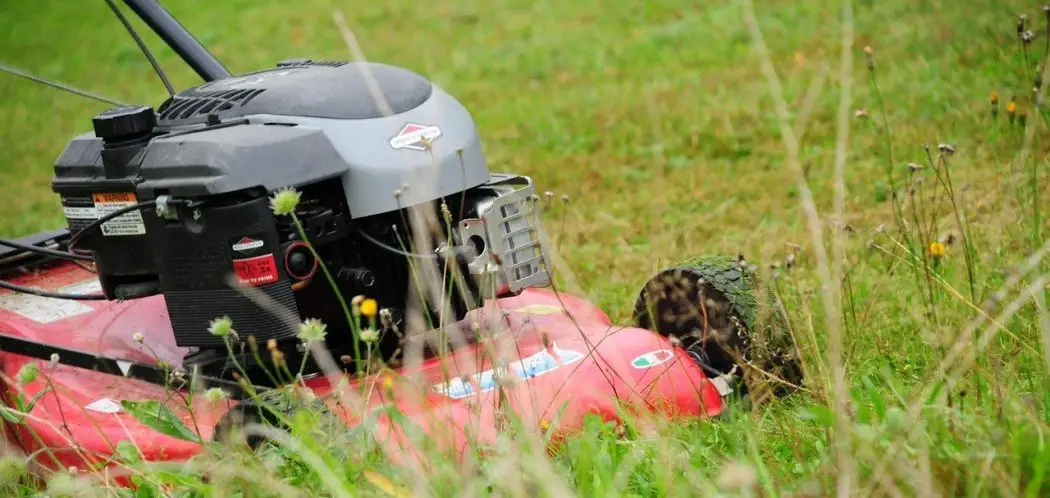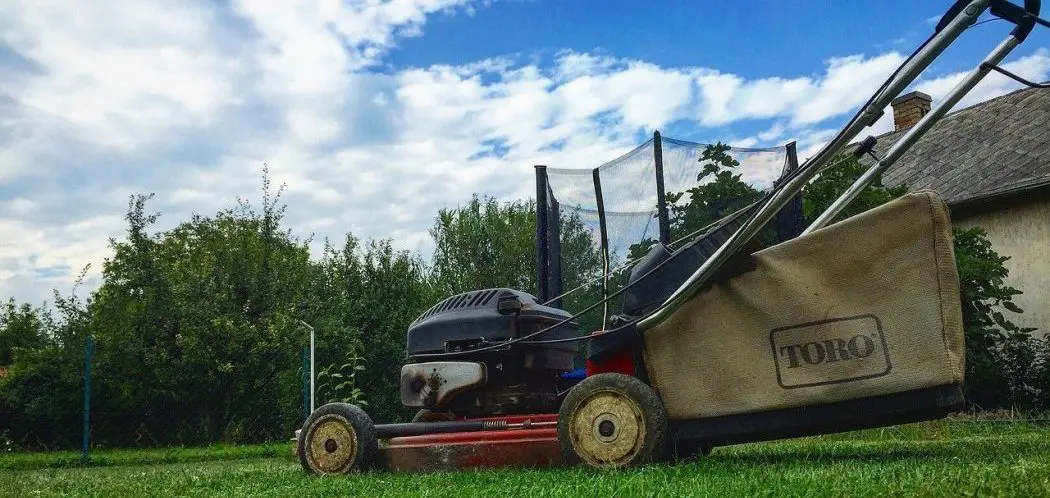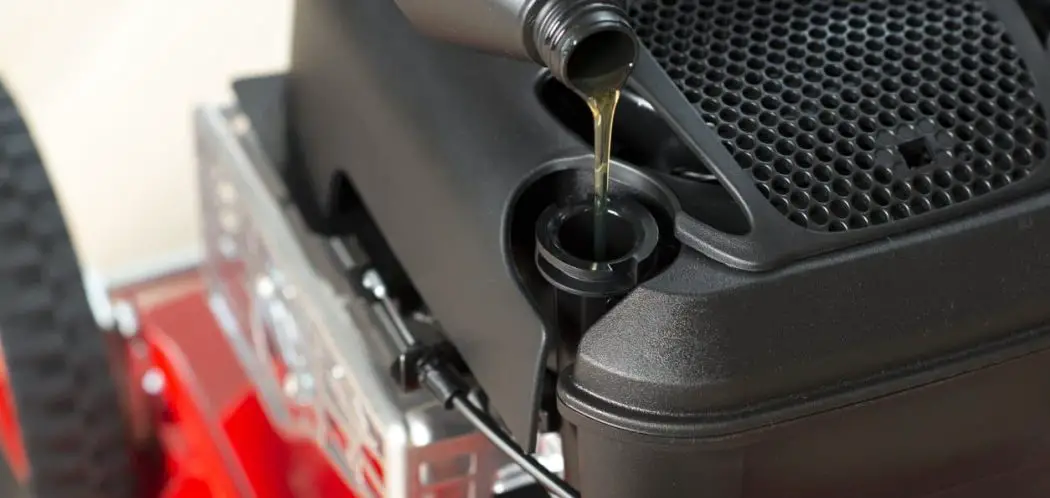If you are fortunate enough to have a lawn, you probably have a lawn mower. Lawn mowers are one of the most important pieces of equipment in a home owner’s arsenal. They keep your grass from becoming unruly, and riding lawn mowers can serve multiple purposes.
If you own a lawn mower, you need to be knowledgeable about the workings of your mower to keep it properly maintained over the years.
Do Lawn Mowers Have Alternators?
Some lawn mowers possess an alternator while others do not. Reel lawn mowers don’t have an engine at all, so they do not have an alternator. Powered push lawn mowers have a motor, but it does not contain an alternator. Riding mowers do have alternators in their engines.
Reel lawn mowers
Reel mowers do not have an alternator
Reel lawn mowers are powered by sheer human force. As you push the mower across your lawn, the spinning cylinder grabs onto grass and holds it against a stationary cutting blade. The lack of an engine makes reel lawn mowers attractive to people who don’t want to annoy their neighbors with loud sounds, and don’t want to contribute to the hole in the Ozone layer.
Push mowers
Powered push lawn mowers do not contain an alternator.
Gas-powered push mowers have internal combustion engines that syphon fuel or a mix of fuel and lubricants from the fuel tank to create energy. Electric push lawn mowers use rechargeable batteries to create the energy needed to spin its blades. Push lawn mowers are propelled forward by their operator, so they don’t require as much energy output from their motor as riding lawn mowers do.
Riding mowers
Riding lawn mowers do have alternators in their engines.
Riding lawn mowers were made to make mowing large parcels of land easier. They are made to do more, and there are more materials and weight to a riding lawn mower, so a more powerful engine is needed to propel these mowers. The blades of a riding lawn mower are often spun by a belt that is driven by the motor.

Role of an Alternator in a Lawn Mower
Similar to your car’s engine, your riding lawn mower has a battery that supplies power to non-gas fueled components such as the ignition, headlights, and electric clutches. If the battery ran without the assistance of an alternator, it would die quickly.
The ignition is powered by the battery. As you turn the key in the ignition, the starter sends a bolt of energy to the engine. This jolt of power comes from the battery. Without this power, you wouldn’t be able to jump start your mower and get the engine going. Without the engine, the wheels will not turn on their own, and the mower’s blades will remain unmoved.
The alternator is spun by a belt separate from the blade belt, and as it spins, it generates energy that recharges the battery. This is why lawn mower batteries last three years. Without an alternator, you would need to replace the battery after each use.
Where Is Your Alternator Located in Your Mower?
Beneath the hood of a lawn mower, you will find the engine that makes everything it does possible.
You’ll often find another layer of protection, sometimes called the blower housing or the engine cover. These covers offer even more protection for the engine from outside elements such as moisture.
The alternator of a riding lawn mower is typically found underneath the flywheel. To access it, you’ll have to remove the flywheel and all bolts holding it in place.
You may need a flywheel puller to remove it, as it is awkward in shape and relatively heavy.
With the flywheel out of the way, you’ll be face-to-face with the alternator. The alternator resembles a wreath in the way its circular shape has a large hole in it. There are wires that are coiled around the perimeter of the circle, on small protrusions that sit on the outer edge of the circle.
How Do You Check a Lawn Mower Alternator?
There are a few different ways to check the health of your lawn mower’s alternator.
One way is to remove the flywheel annually to visually inspect the alternator.
Look for signs of uneven wear. This will reveal if the alternator is creating energy unevenly. In non-stationary alternators, this could be the result of uneven mounting, causing the alternator to spin in an unbalanced fashion. In fixed alternators where the energy swirls around the alternator, coils that are burnt out could cause an uneven charge across the alternator, leading to a speedy demise.
Another test you can complete yourself involves turning on the headlights of the mower while the engine is running.
Then, cut the engine. If your headlights dim themselves, your alternator is in good shape. If they remain bright, your alternator is failing, and your battery is working overtime.
If you’re not confident in your own testing ability, you can purchase a multimeter (link to Amazon). You’ll need to access the lawn mower’s engine by lifting up the hood.
Locate the mower’s battery and connect the black wire of the multimeter to the positive terminal of your battery. The other end of the black wire should be plugged into the multimeter in the COM port.
Take the red wire of the multimeter and plug it into the meter’s AMPs port. The other end of the wire will connect to the output portion of the stator wire.
Once you’re all hooked up, you should power on the lawn mower and allow it to run at full throttle for several minutes. Make note of the readings you receive from the multimeter, and compare those reading with your owner’s manual’s power recommendations.
How Do I Know If I Have a Bad Alternator?
The most common way to sniff out a bad alternator is if the battery keeps going dead despite not being used.
If you’re having to constantly recharge or replace your battery, your alternator could be the culprit.
Another symptom of a depleted alternator is a lawn mower that suddenly loses power or doesn’t turn over.
If your lawn mower unexpectedly dies while chopping down your lawn despite having plenty of fuel, you should check the alternator once the engine cools down.
When your mower won’t start despite having a fully charged battery and plenty of fuel, after a spark plug malfunction, a dying alternator is the next most common problem.








